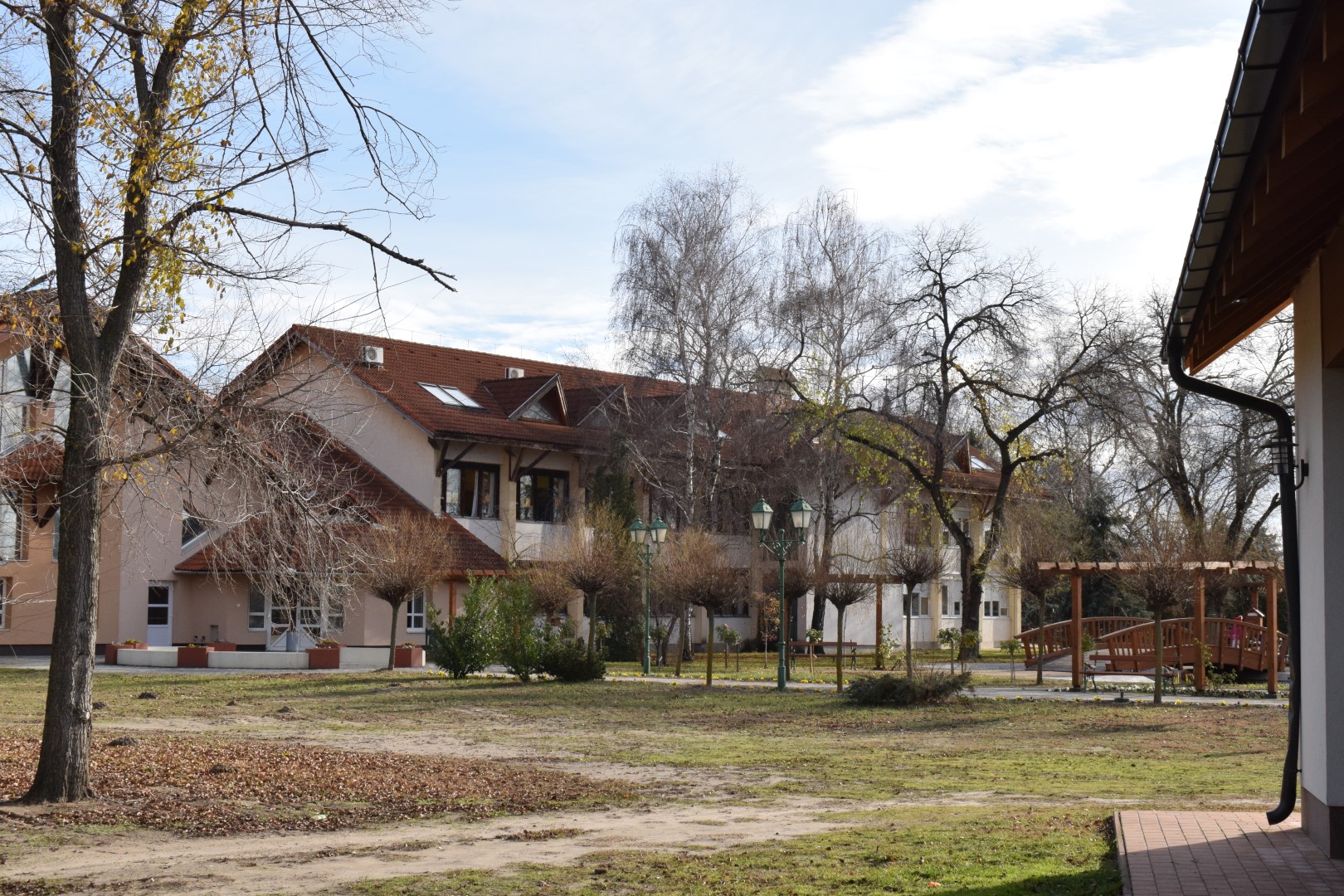ESZTER BITÓ JÓZSEFNÉ GERA
Contributions to culture and science
She had been secretly writing up until 1975. She frequently sang at the Peacock Circle of the Cultural House of Balástya. The principal, István Kiss, encouraged her to practise her writing skills. At this time, she wrote poems, rhymed and she wrote articles on folklore for different competitions. In 2000, the Munkácsy Mihály General Cultural Centre published a collection of her works in an ethnographic textbook, which still serves as a tool for teaching local history (Remembering our old peasant life). From the writings of Eszter Bitó Józsefné Gera, journalist Klára Illin compiled a collection of ethnographic texts entitled Remembering our old peasant life, edited by ethnographer Antal Juhász, who wrote the following in the introduction to the volume:
“Szeged-Felsőtanya adds another chronicler, writing peasant woman to the folk knowledge of Szeged and the whole of Hungary. The main value of Eszter Bitó Józsefné Gera ‘s writings is the authentic recording of her life experience and her farmhouse kinship, the life of her surroundings, observed with excellent sensitivity. The young people growing up in our fast-changing world can learn from Eszter Gera’s writings about the hard-working, very struggling everyday life of their ancestors, the traditional order of holidays and special days, the mentality that characterised the peasantry of the Szöged land and the whole countryside.”
Short biography
Eszter Bitó Józsefné Gera was born on 19 February 1922 on a farm in the area of Balástya, the youngest child of a poor peasant family. She completed her primary school education in the Győriszék farm school with excellent grades. She started writing in the first grade. On 23 January 1944 she married József Bitó. They had two sons. They were brought up in a peaceful family environment. She finished her primary school education as an adult in the evening school for workers in 1964 in the same school in Győriszek. In the same year, she obtained a certificate as a dairy and livestock farmer. She never used her qualifications, always working in the household. After her marriage, she continued writing in secret until 1975. In 1975, the Peacock Circle was formed in the Balástya community centre, where she used to sing. It was at the encouragement of the director, István Kiss, that her writing began to come to the public. From that time on she wrote poems, rhymed thoughts, and from 1985 ethnographic essays for various competitions.
Interesting facts
It was a special gift of fate that Sándor Bálint, a young ethnographer from Szeged, often visited the Gera farmhouse as a relative of the family to talk about the things of the past. Later, through family connections, she came to Szeged to help Sándor Bálint for years, where she was greatly influenced by his scholarly personality and the many books that surrounded her there. In 1987 she was awarded the fifth prize for her work in the National Ethnographic and Linguistic Collecting Competition, in 1988 the 2nd prize for her work on the topic of pregnancy, childbirth and childbed, in 1989 the 2nd prize for her work on the topic of the life of the poor peasants in the past and today. In the Csongrád County Ethnographic and Linguistic Collector’s Competition in 1985, History of Our Family was awarded 3rd prize, and in 1990, Family Relations was awarded 5th prize. Her writings were published in the Catholic journal JEL in 1995 and in two issues of the Catholic children’s magazine ARANYÁG in 1996. In 1999, nine of her poems were published in the anthology of poems by the Elderly entitled Autumnal Retreat. In 2002, on her 80th birthday, a book of her poems, I am always walking with aching heart, was published with the support of the Balástyáért Public Foundation. On the Village Day 2003, she received a plaque from the municipality in recognition of her work for the village community. The result of several years of work is a collection of songs, in which she has written down the lyrics of 777 songs she knew.

